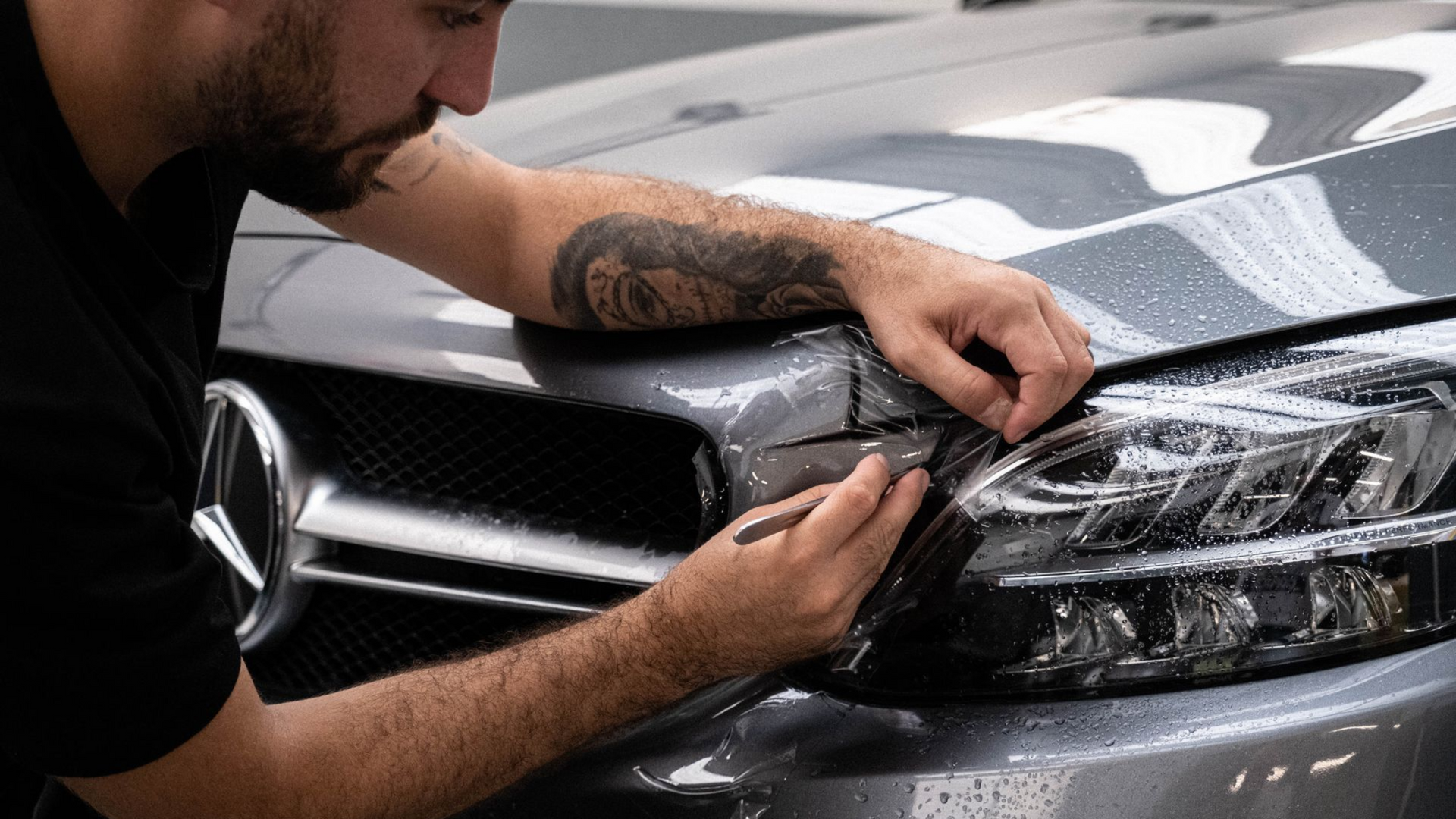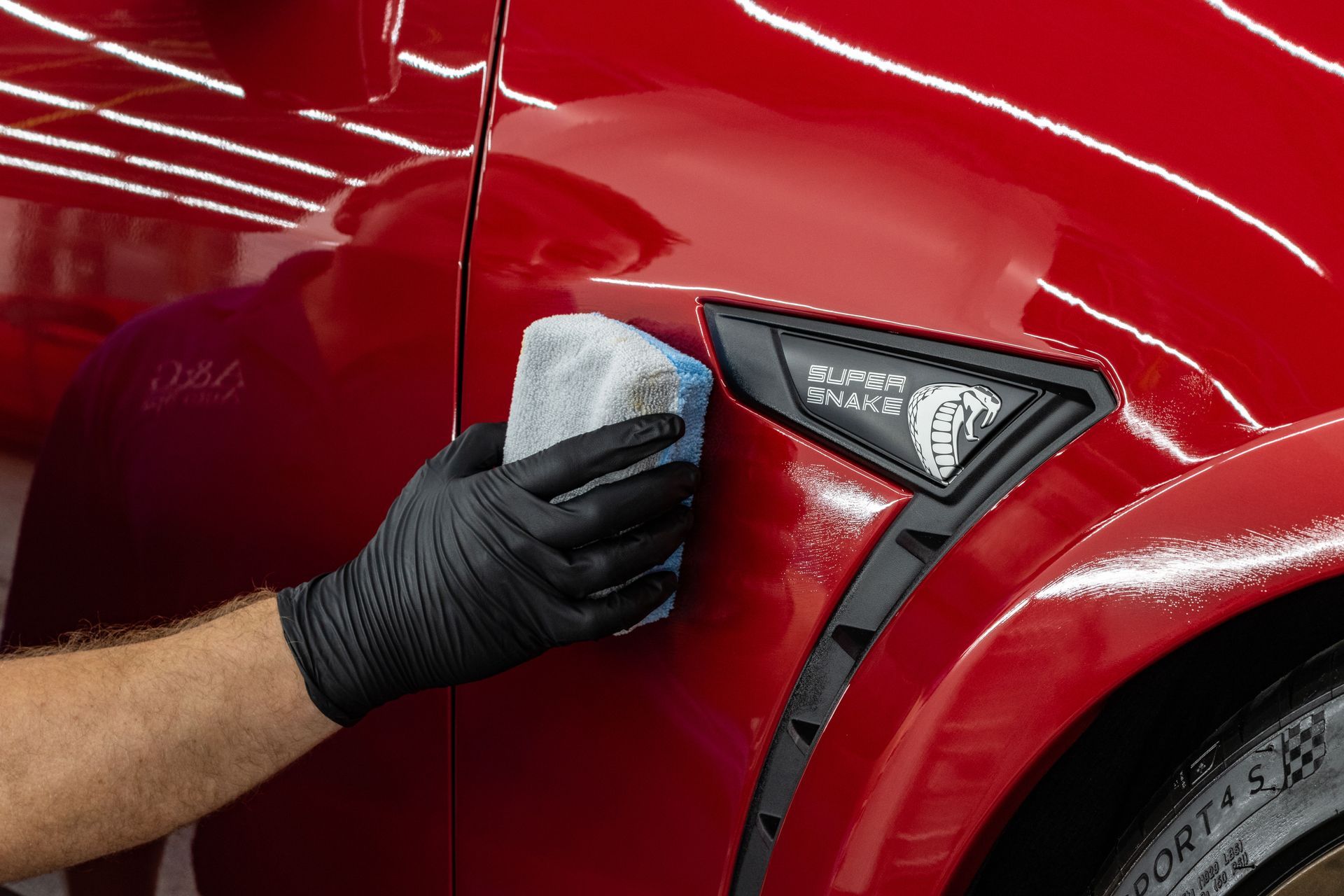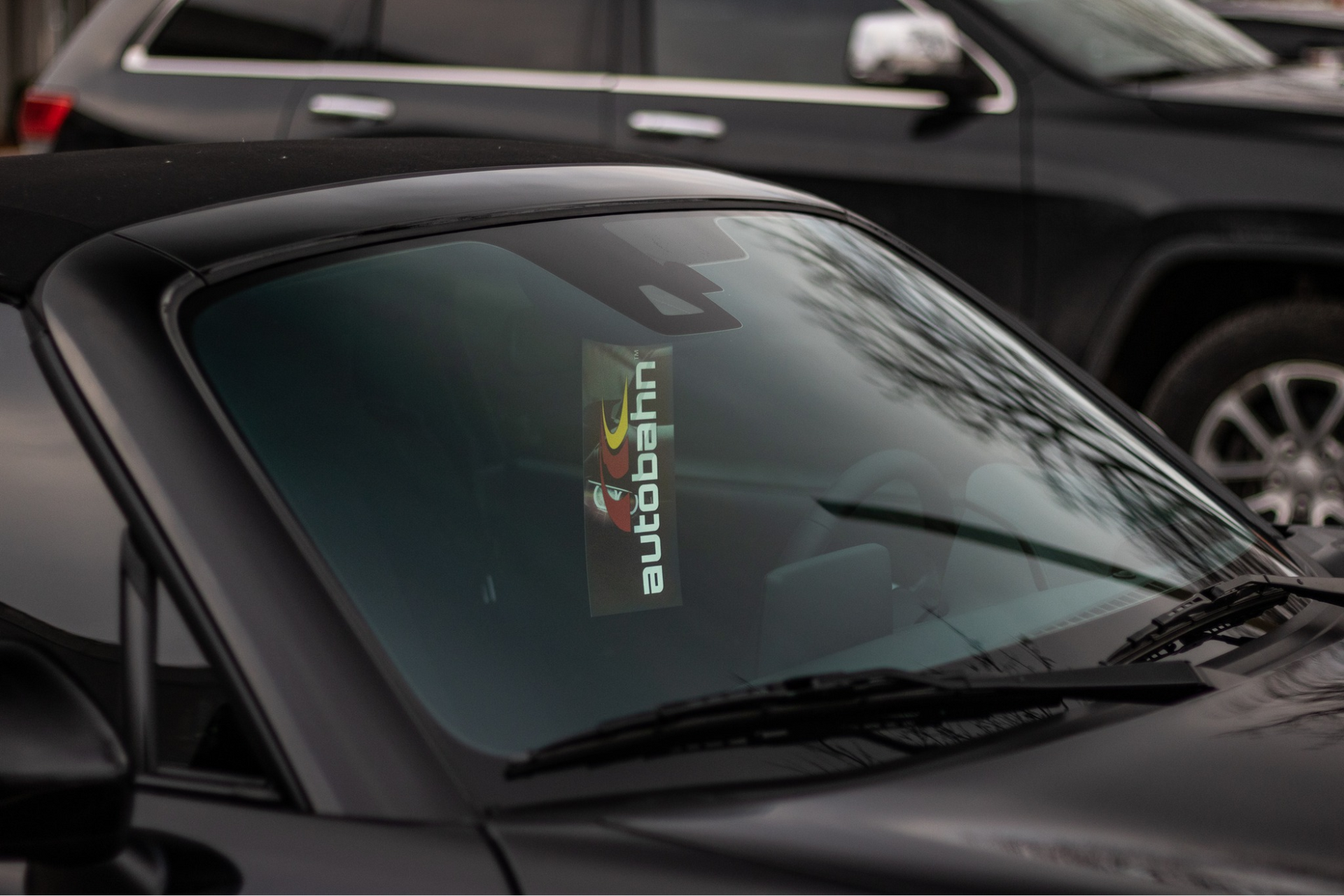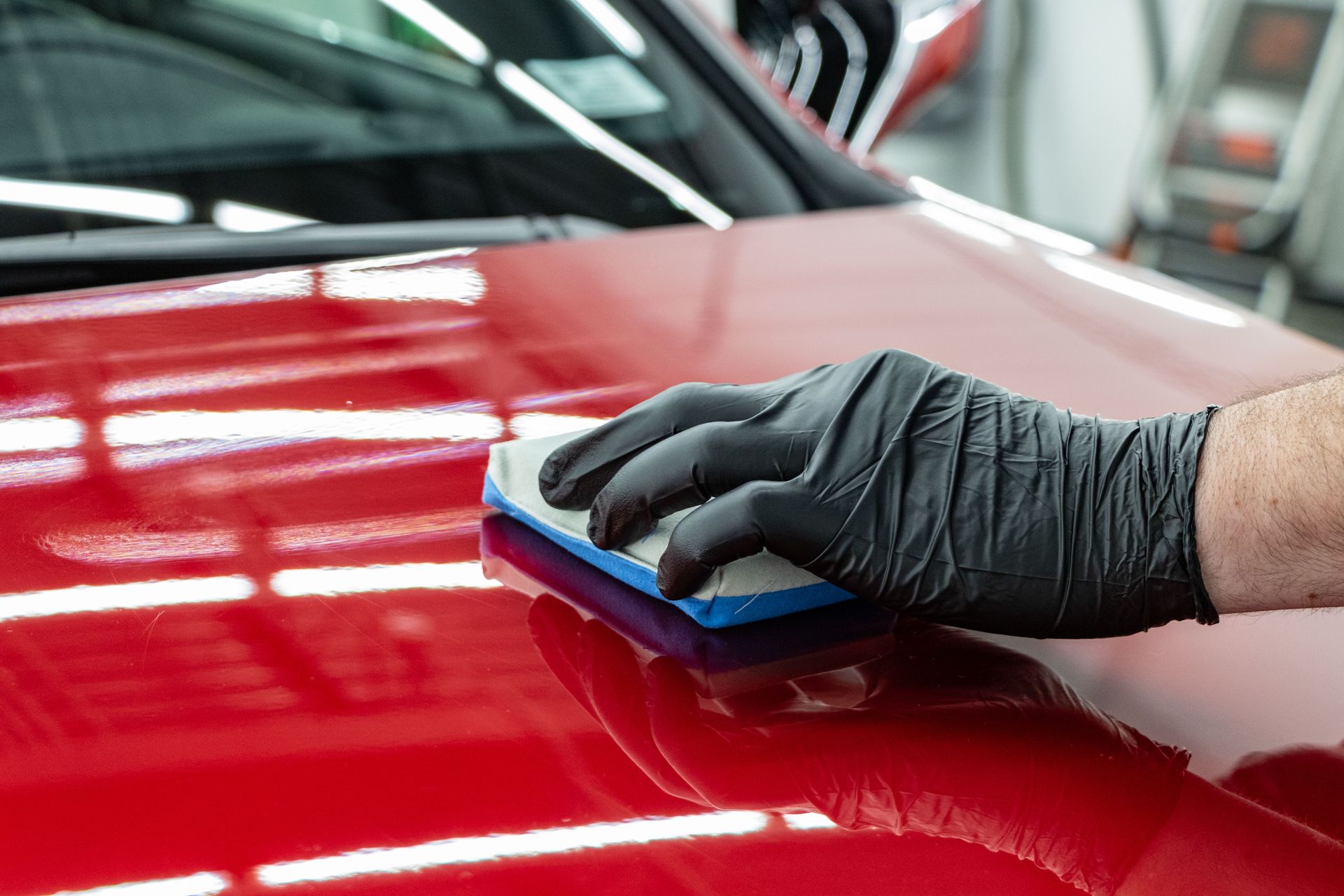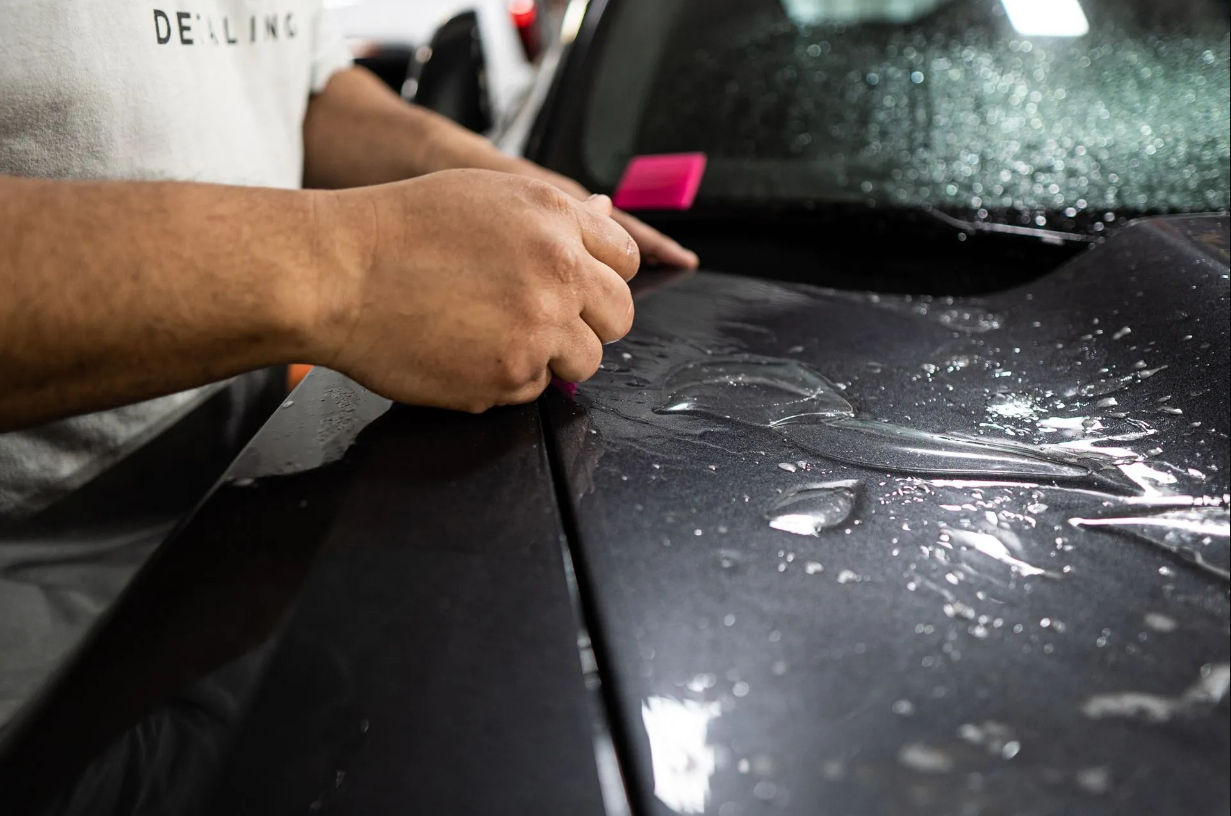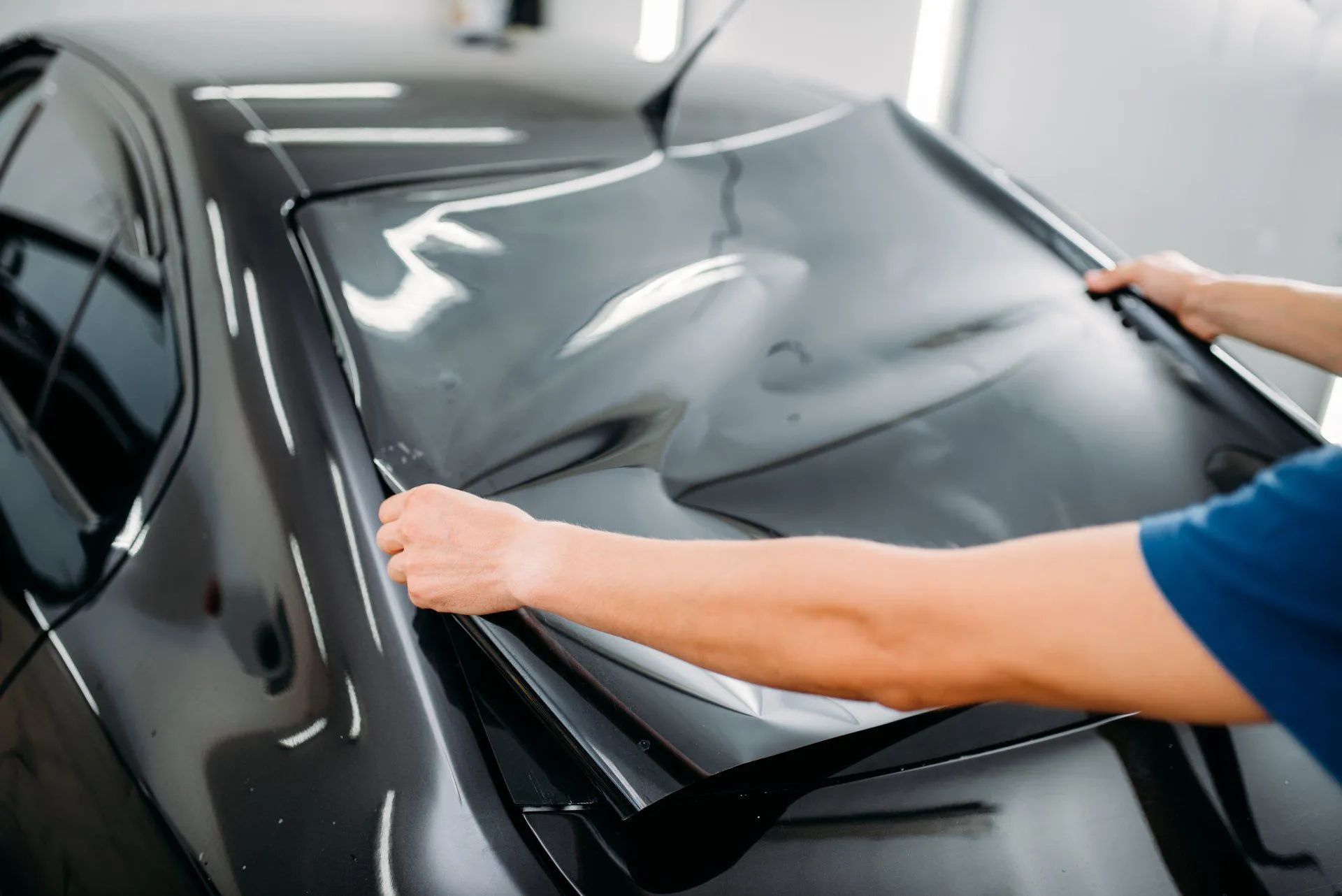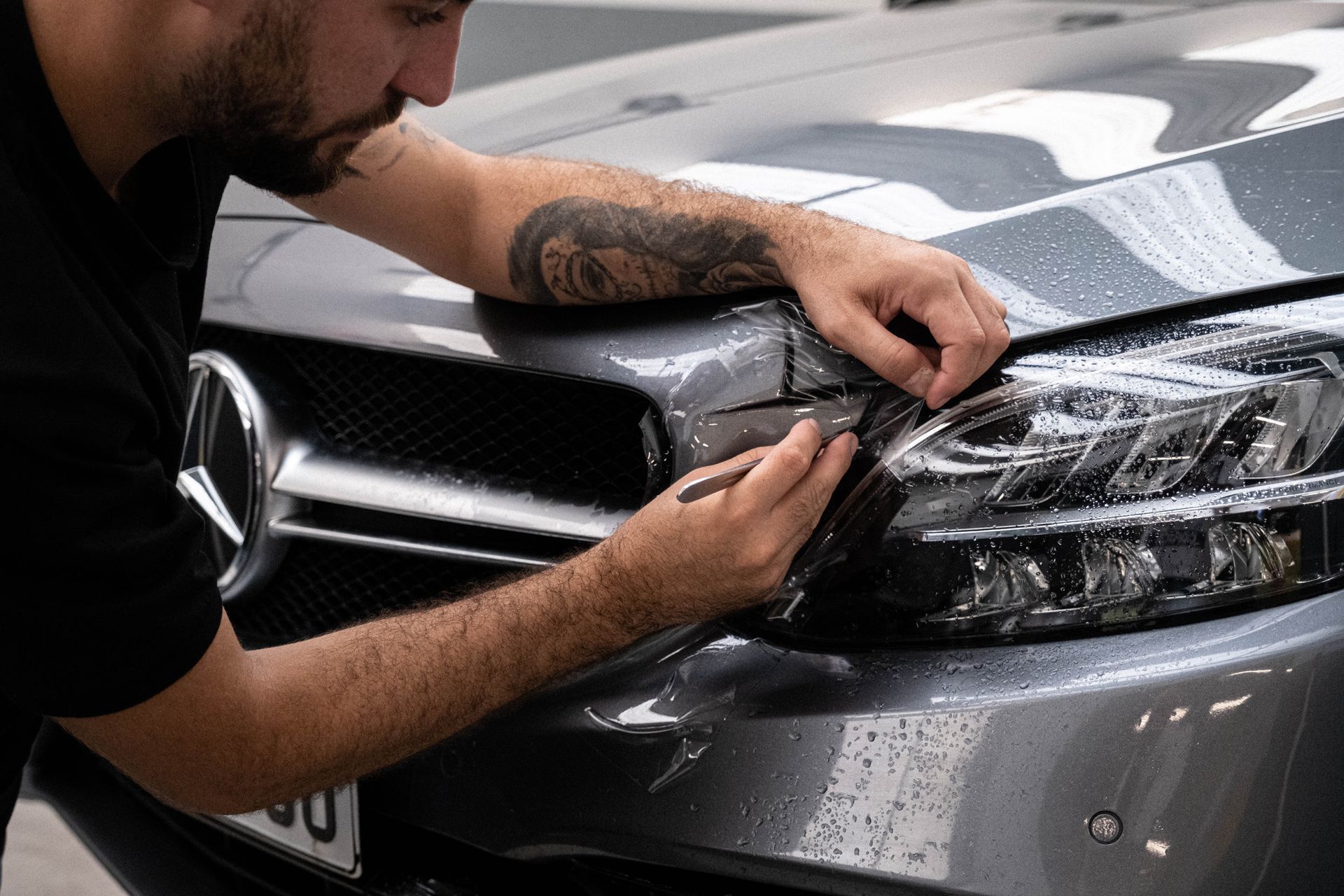How Windshield Protection Film Helps Prevent Cracks from Spreading
You're driving down the highway when you hear that dreaded sound – a rock striking your windshield. A small chip appears, and you know it's only a matter of time before it becomes a spreading crack that requires expensive windshield replacement. But what if there was a way to prevent this scenario entirely?
Windshield protection crack prevention technology has evolved significantly, offering vehicle owners a proactive solution to one of the most common and costly automotive problems. Rather than waiting for damage to occur, windshield protection film provides a barrier that absorbs impacts and prevents cracks from starting or spreading.
Understanding how this technology works can save you hundreds of dollars in windshield replacements while maintaining clear visibility and vehicle safety. Let's explore exactly how windshield protection film functions at A&G Auto Spa.
Understanding Windshield Vulnerability
Modern windshields consist of two layers of glass with a laminated interlayer designed to keep the glass intact during impacts. While this construction prevents catastrophic failure, it doesn't eliminate chips and cracks from everyday road hazards.
The problem starts small – a tiny chip from a pebble creates a stress point in the glass. Temperature changes, vibration from driving, and additional impacts cause this stress point to propagate, creating the familiar spider web pattern or long crack that eventually compromises the entire windshield.
Windshield protection crack prevention addresses this vulnerability by creating an additional barrier that absorbs and distributes impact energy before it reaches the glass surface. This protective layer acts as a shock absorber, reducing the force that would otherwise create chips and cracks.
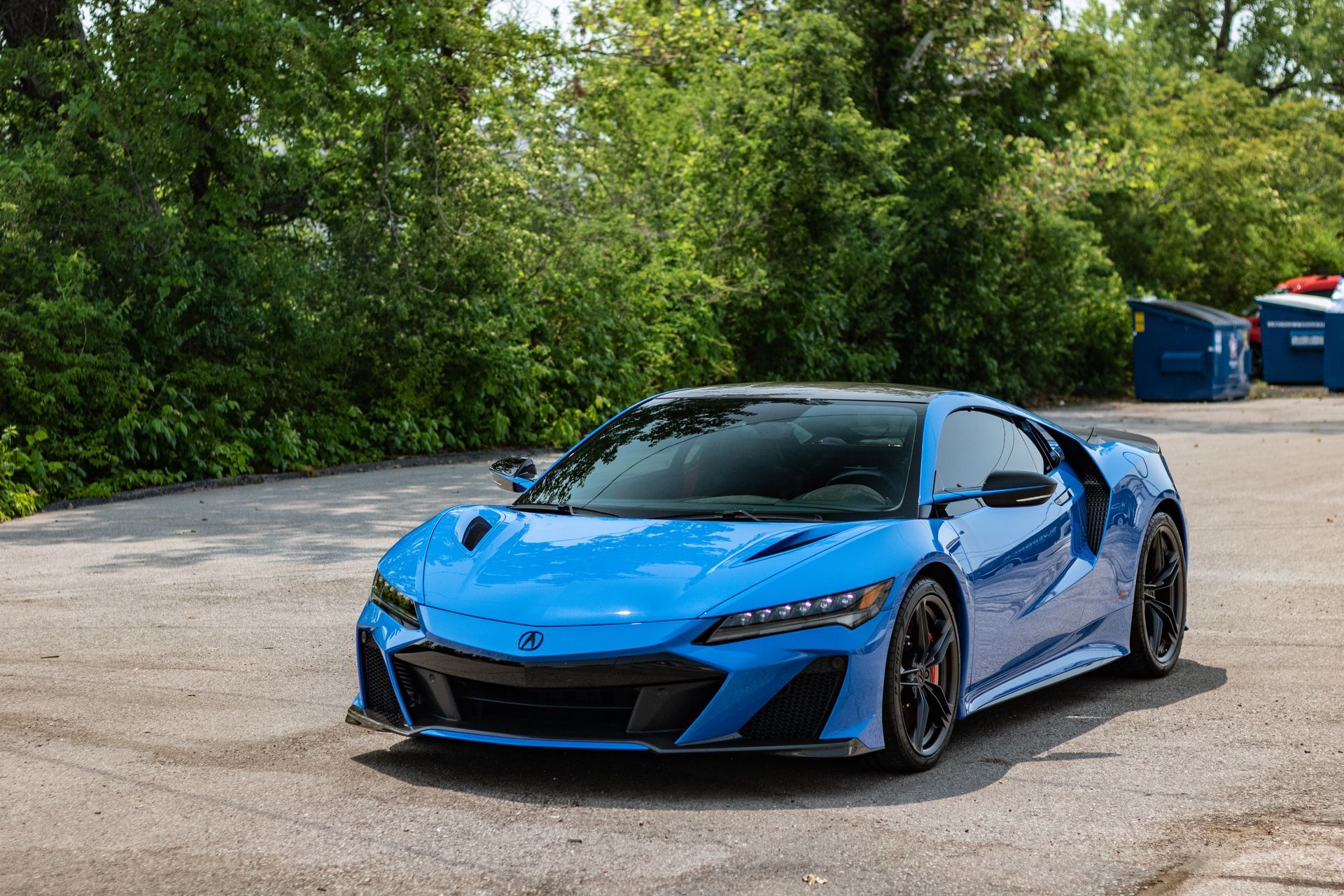
How Protection Film Absorbs Impact Energy
Windshield protection film is engineered specifically to handle impacts that commonly damage automotive glass. The material properties include flexibility, adhesion, and energy absorption characteristics.
When a rock or debris strikes a protected windshield, the film stretches and deforms to absorb the impact energy. This controlled deformation spreads the force across a larger area of the glass surface, reducing the concentrated stress that would normally create a chip or crack.
The film's ability for windshield protection crack prevention comes from its molecular structure. The polyurethane material can stretch significantly without tearing, allowing it to absorb substantial impact energy while maintaining its protective properties. This elasticity means that impacts that would normally create immediate damage are instead absorbed and dispersed.
Additionally, the film's adhesive properties ensure that even if the glass underneath suffers minor damage, the film helps hold everything together and prevents propagation. This containment effect is crucial for preventing small chips from becoming large, expensive problems.
Preventing Crack Propagation in Existing Damage
One of the most valuable applications of windshield protection film is preventing existing small chips or cracks from spreading. When applied over minor damage, the film provides structural support that inhibits crack propagation.
Cracks spread through glass due to stress concentration at the crack tip. The film's flexible nature helps redistribute these stresses, reducing the driving force that causes cracks to grow. This doesn't repair existing damage, but it can effectively stop it from getting worse.
Temperature cycling is a major factor in crack propagation. As glass expands and contracts with temperature changes, existing cracks experience stress that encourages growth. Windshield protection crack prevention film helps stabilize the damaged area, reducing the mechanical stress that drives crack propagation.
For vehicle owners who discover small chips or cracks, applying protection film quickly can prevent minor damage from becoming major problems. This approach is particularly valuable when windshield replacement isn't immediately feasible.
Types of Road Hazards and Protection Levels
Different road conditions present varying levels of risk to windshields, and the effectiveness of protection film varies depending on the type of impact.
Construction Zones: These areas present high-velocity impacts from gravel and construction debris. Protection film excels in these conditions because it can absorb the energy from smaller projectiles that commonly cause chips.
Highway Driving: High-speed impacts from road debris kicked up by other vehicles are effectively mitigated by protection film. The film's ability to distribute impact energy makes it particularly valuable for frequent highway drivers.
Rural and Gravel Roads: These environments present constant low-level impacts that gradually damage windshields. Protection film provides ongoing defense against this cumulative damage.
Winter Conditions: Road salt, sand, and ice removal equipment create harsh conditions for windshields. Protection film offers year-round defense against these seasonal hazards.
Installation Process and Considerations
Proper installation is crucial for windshield protection crack prevention effectiveness. The process requires specific techniques and conditions to ensure optimal adhesion and performance.
Surface preparation involves thorough cleaning to remove any contaminants that could interfere with adhesion. The windshield must be completely clean and dry before film application. Any existing damage should be assessed to determine if protection film is appropriate.
Application technique affects both appearance and performance. The film must be applied without bubbles or wrinkles that could compromise its protective properties. Professional installers use specialized tools and techniques to ensure smooth, even application.
Quality control involves inspecting the installation for proper adhesion, clarity, and coverage. Any imperfections identified during this stage can be corrected before the adhesive fully cures.
Maintenance and Longevity
Windshield protection film requires minimal maintenance but benefits from proper care to maximize its protective lifespan and maintain clarity.
Regular cleaning with appropriate products keeps the film clear and functional. Harsh chemicals or abrasive cleaners can damage the film surface, reducing both clarity and protective effectiveness.
Inspection for damage helps identify any areas where the film may have been compromised. Small tears or lifting edges should be addressed promptly to prevent further degradation.
Environmental factors affect film longevity. UV exposure, temperature extremes, and chemical exposure from road treatments all contribute to gradual film degradation over time.
Cost-Benefit Analysis
Windshield protection crack prevention represents a proactive investment that pays dividends through avoided windshield replacements and maintained vehicle value.
The cost of protection film installation is typically a fraction of the windshield replacement cost. For vehicles with expensive or specialized windshields, this cost difference becomes even more significant.
Insurance considerations may affect the overall value proposition. Some insurance policies have high deductibles for glass damage, making prevention more attractive than repair or replacement.
Vehicle resale value benefits from maintaining original windshields in good condition. Replacement windshields may not match original equipment specifications exactly.
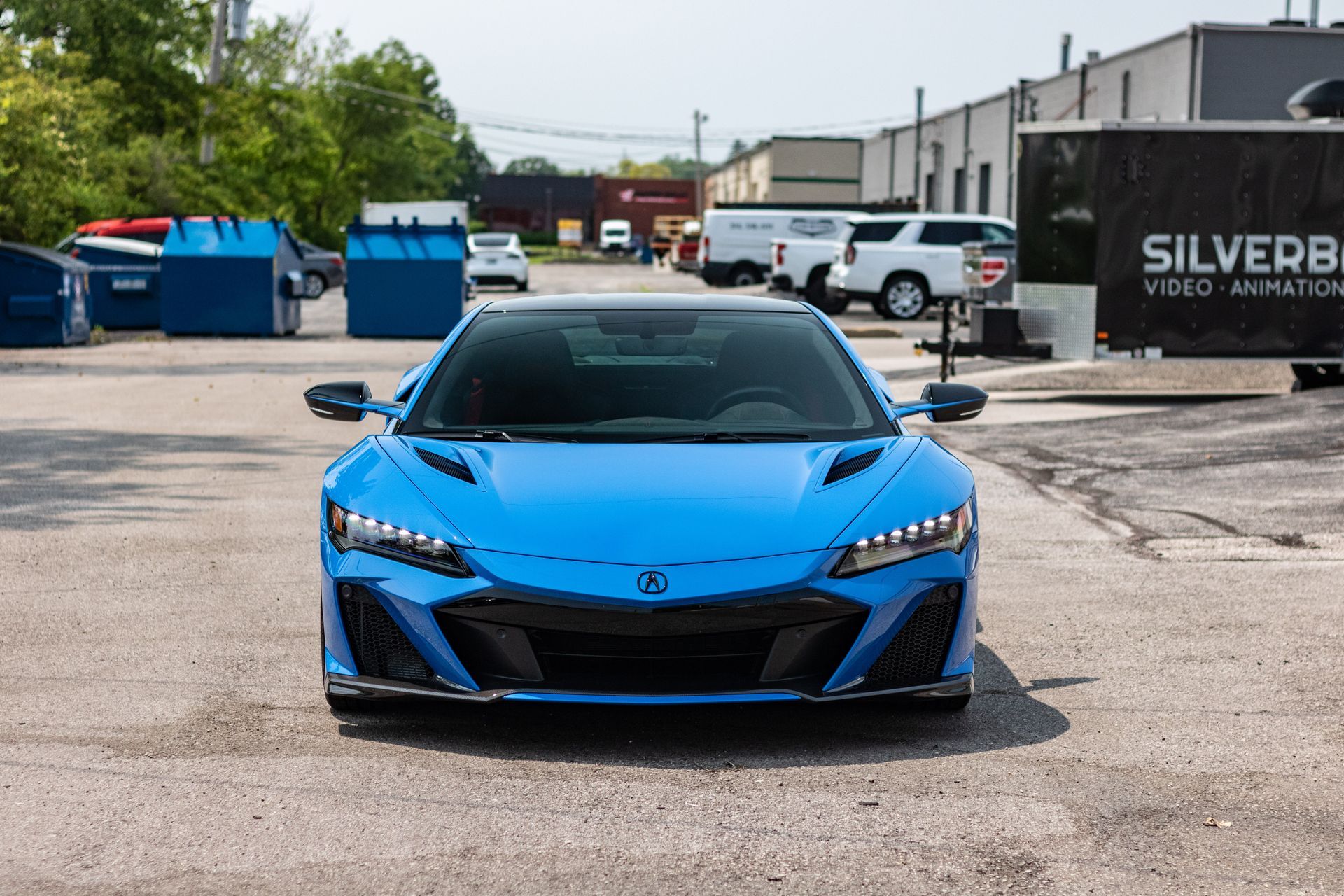
Integration with Other Vehicle Protection
Windshield protection film works well alongside other vehicle protection technologies. When combined with window tinting, it provides comprehensive glass protection that addresses both impact damage and UV exposure.
The film's transparency doesn't interfere with visibility or other windshield technologies like rain sensors or heads-up displays when properly installed. This compatibility makes it suitable for modern vehicles with advanced driver assistance systems.
Professional installers understand how different protection technologies interact and can recommend compatible solutions for optimal performance.
Protect Your Windshield with Professional Film Installation
Windshield protection crack prevention through protection film offers a proactive approach to one of the most common vehicle maintenance issues. By absorbing impact energy and preventing crack propagation, this technology can save vehicle owners significant money while maintaining safety and visibility.
The key to success lies in understanding the film's capabilities and limitations, ensuring proper installation, and maintaining the system appropriately. While protection film can't prevent all windshield damage, it dramatically reduces the likelihood of chips and cracks from common road hazards.
For vehicle owners who frequently drive in challenging conditions or want to protect expensive windshields, protection film represents a smart investment in preventive maintenance. The cost of installation typically pays for itself by avoiding just one windshield replacement.
If you're considering windshield protection film for your vehicle, contact our team to discuss your specific needs and learn about professional installation options.
Frequently Asked Questions
How effective is windshield protection film at preventing cracks?
Windshield protection film significantly reduces the likelihood of chips and cracks from common road debris by absorbing and distributing impact energy. While it can't prevent all damage, it effectively stops most impacts that would otherwise cause windshield damage.
Can protection film be applied over existing chips or small cracks?
Yes, protection film can often be applied over minor existing damage to prevent further crack propagation. However, the existing damage should be evaluated by professionals to determine if repair is needed before film application.
Does windshield protection film affect visibility or interfere with vehicle systems?
Quality protection film is optically clear and doesn't significantly affect visibility when properly installed. It's also compatible with most vehicle systems, including rain sensors and heads-up displays when installed by experienced professionals.
How long does windshield protection film last?
Most quality windshield protection films provide effective protection under normal driving conditions. The exact lifespan depends on environmental factors, driving conditions, and film quality.
Is windshield protection film worth the investment?
For most drivers, protection film represents excellent value by preventing windshield replacements that cost significantly more than film installation. The investment is particularly worthwhile for vehicles with expensive or specialized windshields.


